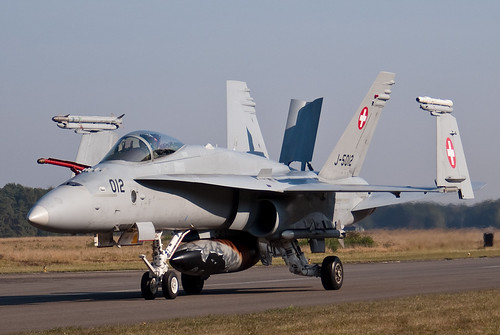So the CJ's engine had a little 'sag' to it... just replaced the mounts. A least the metallurgy on your's is a bit better!
How'd you figure out the absolute load limit for the Yak?
The Russian documentation states that with the heavy spar it's good for +7/-5. Mine has that AD/mod complied with. While I've not been able to verify, I'm told the Russians use a 100% safety factor, where US certified a/c use a 50% safety factor (that is documented in the FARs). So the Pitts S2-B I used to own was certified for +6/-3, ultimate test was to +9/-4.5. There's no reason to pull more than +7/-5 in the Yak, so I'm pretty comfortable with that. During airshows +5/-2 is about all I need to pull. Even in the ACM I've done I haven't needed to pull more than +6/-0.



 .
.